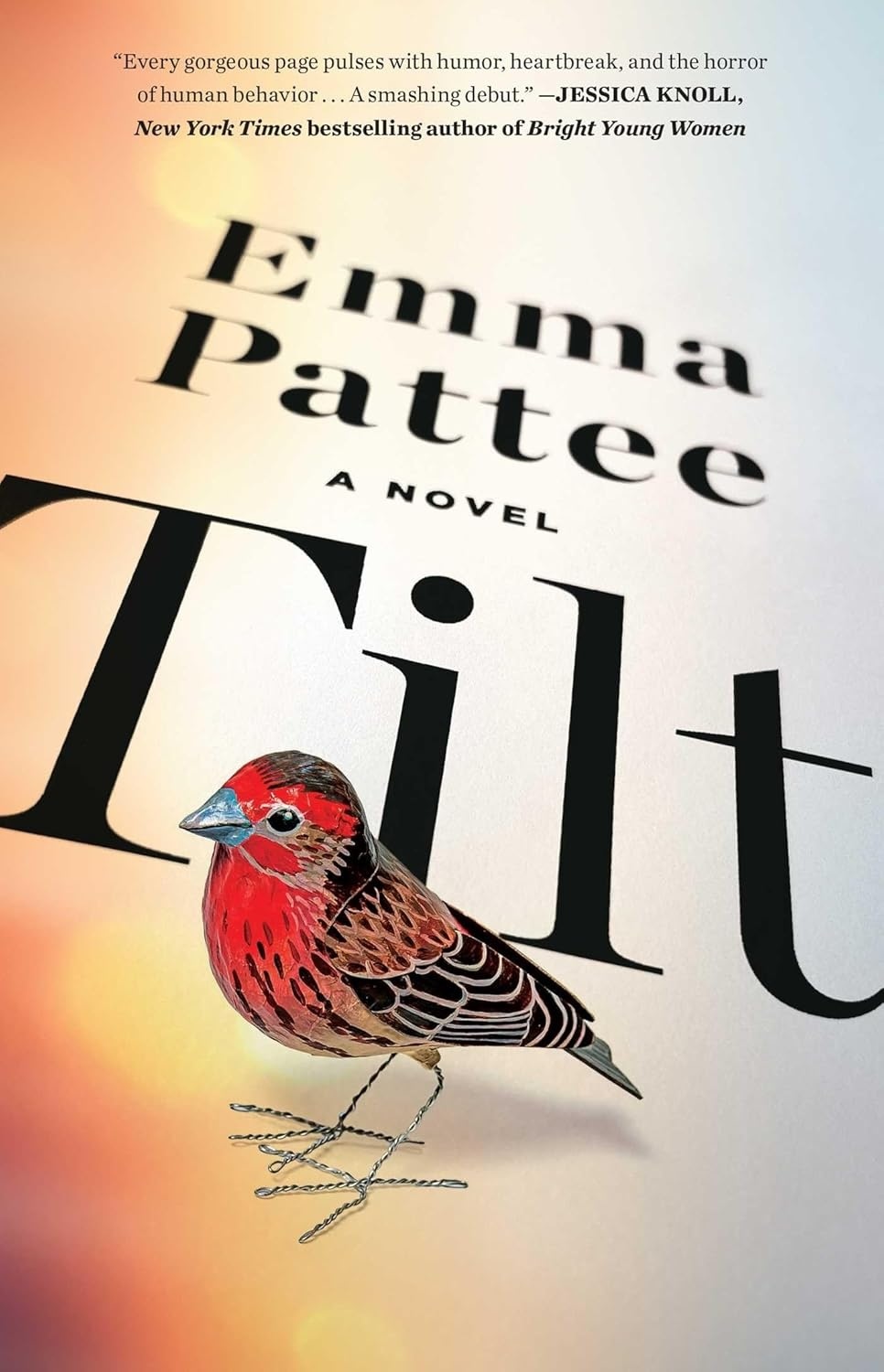The greatest book on rain: Ken Kesey’s ‘Sometimes a Great Notion’
Published 4:00 am Thursday, October 29, 2015

- The prose of Ken Kesey's “Sometimes a Great Notion” ingeniously and miraculously mimics rainfall.
In his classic 1964 novel “Sometimes a Great Notion,” set on the Oregon Coast, Ken Kesey wrote, “Give me a dark smeary shiny night full of rain. That’s when the fear starts. That’s when you sell the juice.”
Trending
Having resided at the Oregon Coast for 18 years, I can’t think of a truer sentence written about rain or living here.
Over some 500 pages, “Sometimes a Great Notion” unfolds the saga of the stubborn Stampers, a family gyppo logging outfit in conflict with nature, their community, and each other. Their family motto is: “Never give a inch.” (And yes, it’s ungrammatical.)
The novel takes place as October fades into November. Meaning, right now. The season of rain.
Trending
November is the perfect time to read this book for the first time, or revisit it again, like so many of us do. I’ve read it four times and underlined hundreds of passages. I like to think if thousands of people read “Sometimes a Great Notion” this month, it might actually start raining like it’s supposed to around here. We desperately need a 90-inch rain year, like 2012. It rained all 30 days straight in November in Newport where I lived that year. We reveled in the juice.
I’m dying for another 90-inch year. The whole region is.
I consider “Sometimes a Great Notion” the greatest book on rain in the history of world literature. Why does it hold the title? Because the novel rains words in all the eclectic and unique ways rain falls on the coast — from staccato to torrent to barely a pulse. The prose ingeniously and miraculously mimics rainfall.
Why? Because the word “rain” appears six times in the novel’s first page and is used as a noun, verb and adjective.
Why? Because the word “rain” appears 500, possibly 1,000 times in the novel and animates everything from Teddy the Bartender to rivers to the reader.
Why? Because Kesey integrates the Sermon on the Mount with rain’s culpability.
Why? Because Kesey hews a landscape from the hues of rain, which is, of course, a physical and literary impossibility. Or it was until “Sometimes a Great Notion” was published and despised by the New York critics who used umbrellas and thought Gene Kelly dancing in spurious rain was the apotheosis of synthesizing rain with art.
Why? Well, read this passage from “Sometimes a Great Notion”:
The Halloween clouds had continued to roll off the sea all the rumbling night — a surly multitude, angry at being kept waiting so long, and full of moody determination to make up for time lost. Pouring out rain as they went, they had rolled over the beaches and town and into the farmlands and low hills, finally piling headlong up against the wall of the Coastal Range mountains with a soft, massive inertia. All night long. A few piled to the mountaintops and over into the Willamette Valley with their overloads of rain, but the majority, the great bulk of that multitude gathered and blown from the distant stretches of the sea, came rebounding heavily back into the other clouds. They exploded above the town like colliding lakes.
Where are you, surly multitude? Fall and make me grin. If you do, I’ll give you (and Kesey) a subtle bow before my first rain walk of the season, and then I’ll sit down and open “Sometimes a Great Notion” again. There is always something new there, just like rain.
Matt Love lives in Astoria. He is the author/editor of 14 books, including “Of Walking in Rain,” his account of one of the rainiest years in Oregon history. His books are available through nestuccaspitpress.com and coastal bookstores.









